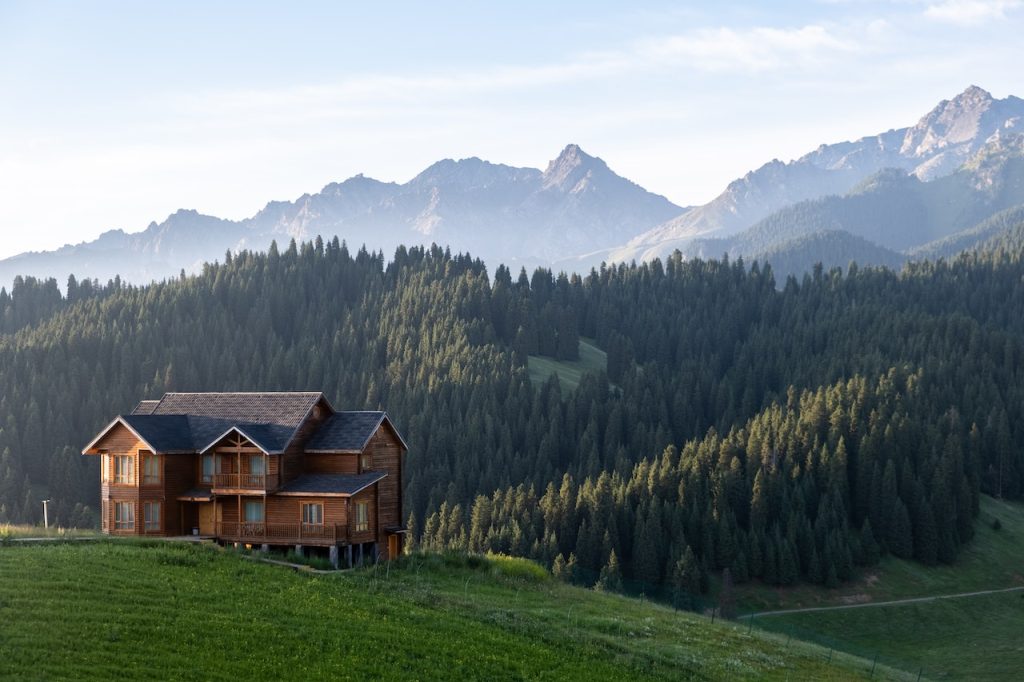# Embracing Self-Sufficiency: The Joy of Sustainable Farming and Gardening
You know that moment when you bite into a freshly picked tomato from your garden? The taste bursts in your mouth, transporting you to sun-soaked afternoons spent nurturing the plants that gifted you that delightful treat. That’s the magic of sustainable farming and gardening—it’s not just a hobby; it’s a lifestyle. Imagine waking up to the sound of birds chirping, the sun rising over your very own patch of land, and knowing you are contributing positively to the planet while feeding yourself and your loved ones. In this article, we’ll delve into the joys of sustainable farming and gardening, explore practical tips to get you started, and inspire you to embrace self-sufficiency with gusto!
## Why Choose Sustainable Farming?
Sustainable farming is not just a trend; it’s a commitment to environmental stewardship that encompasses a holistic approach. Organic farming practices preserve the ecosystem, enhance biodiversity, and contribute to the overall health of the planet. By adopting sustainable methods, you’re not only providing food for yourself but also ensuring cleaner air and healthier soil for generations to come.
### 1. Connecting with Nature
One of the most rewarding aspects of sustainable gardening is the profound connection you develop with nature. Every seed sown is a promise, every sprout a miracle. You’ll find that spending time in your garden is a form of meditation, allowing you to escape the chaos of daily life. Whether it’s watching bees dance from flower to flower or witnessing a butterfly emerge from its chrysalis, the small joys in sustainable gardening are endless.
### 2. Self-Sufficiency and Independence
There’s a unique satisfaction that comes from harvesting your own food. Imagine relying less on supermarkets and more on your homegrown produce. This self-sufficiency allows individuals and families to gain control over their food sources, ensuring that what’s on their plate is fresh, nutritious, and free from harmful chemicals.
## Getting Started: The Basics of Sustainable Farming
Whether you’re starting with a small balcony garden or a few acres, implementing sustainable practices is achievable. Here are the foundational steps to kickstart your journey into sustainable farming and gardening.
### 1. Planning Your Space
Before planting, take some time to assess your available space. Whether it’s a tiny balcony or a sprawling backyard, every inch counts! Consider the following:
– **Sunlight Exposure:** Observe how sunlight moves across your garden area throughout the day. Most vegetables need at least 6–8 hours of sunlight.
– **Soil Quality:** Conduct a soil test to check for pH levels and nutrients. Healthy soil is the backbone of sustainable gardening.
– **Water Source:** Efficient water use is essential. Think about how you’ll irrigate your plants and consider rainwater collection systems.
### 2. Choosing the Right Plants
Sustainable gardening is all about selecting native plants and crops that thrive in your region. This reduces the need for pesticides and fertilizers while supporting local ecosystems. Consider planting:
– **Heirloom Varieties:** These are open-pollinated plants that have been nurtured over generations, often offering unique flavors.
– **Companion Plants:** Certain plants can actually encourage each other’s growth. For example, basil and tomatoes are great companions!
### 3. Implementing Organic Practices
Opt for organic pest control methods and composting techniques. Here are a few tips for nurturing a chemical-free garden:
– **Companion Planting:** As mentioned, planting certain crops together can naturally ward off pests. Marigolds, for example, deter nematodes.
– **Natural Fertilizers:** Use compost and organic materials like coffee grounds and eggshells to boost soil health.
## Sustainable Gardening Techniques
Once you have your garden planned, it’s time to put some sustainable techniques into practice.
### 1. Permaculture Principles
Permaculture is an ecological design system for creating sustainable human environments. Here are three core principles:
– **Observe and Interact:** Spend time observing natural ecosystems to guide your design. Build upon existing features of the land.
– **Catch and Store Energy:** Utilize rainwater systems or solar panels to harness renewable energy.
– **Integrate Rather Than Segregate:** Mix crops and animals harmoniously to create a balanced farming system.
### 2. Crop Rotation and Diversity
Crop rotation is a smart way to maintain soil health and reduce pest problems. Change the location of your plants each season to allow different nutrients to replenish the soil. Moreover, plant a diversity of crops to enhance resilience against pests and diseases.
## The Beauty of Seasonal Eating
One of the most amazing aspects of sustainable farming is enjoying food that’s in season. Seasonal eating not only supports local agriculture but also allows you to enjoy the freshest flavors. Here’s a quick guide for planting throughout the seasons:
### **Spring:**
– **Vegetables:** Spinach, lettuce, peas
– **Fruits:** Strawberries, rhubarb
### **Summer:**
– **Vegetables:** Tomatoes, peppers, zucchini
– **Fruits:** Blueberries, melons
### **Fall:**
– **Vegetables:** Carrots, squash, kale
– **Fruits:** Apples, pumpkins
### **Winter:**
– Consider creating a small indoor garden with herbs like rosemary and basil or forcing bulbs for colorful blooms indoors.
## Embracing Community and Knowledge Sharing
Sustainable farming isn’t just about the individual; it’s about community! Join local gardening groups or online forums where you can share tips, tools, and even produce. Organize seed swaps, attend workshops, or volunteer at community gardens to build connections and support local food banks.
## Pro Tips for Sustainable Gardening
To wrap up this guide, here are some pro tips that’ll set you on the path to success:
– **Start Small:** Don’t overwhelm yourself. Begin with a few plants that you love and gradually expand your garden.
– **Keep a Journal:** Record what works and what doesn’t. Documenting your gardening experience can help you make informed decisions in the future.
– **Learn to Compost:** Develop a composting system, even if it’s a small bin. Compost adds vital nutrients to the soil.
– **Be Patient:** Nature takes its time. Enjoy the process and remember that gardening is all about trial and error.
## Conclusion: Your Sustainable Journey Awaits!
Sustainable farming and gardening are about more than just physical food production; they foster a connection to the land, promote healthy living, and offer a sustainable future. By cultivating your own food, you’re engaging in a powerful act of self-reliance and environmentalism. So, roll up your sleeves, grab your gardening gloves, and dive into the enriching world of sustainable gardening. Your journey towards self-sufficiency awaits, and trust me, the taste of success is as delicious as that first bite of a homegrown tomato! Happy gardening!



